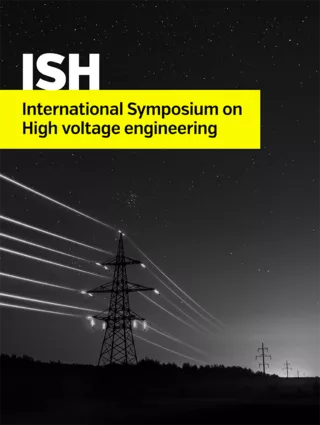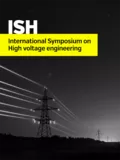Summary
Nanofluids are being studied as candidate for replacement of mineral oils in high voltage insulation system, since they demonstrate increased dielectric insulation properties and thermal response compared to mineral oil. The fundamental parameter for their implementation is the necessity for proper dispersion and the stability of the nanoparticles into the matrix oil, with absence of agglomeration and residue. In this study, an ultrastable nanofluid with self assembled hybrid coated magnetic iron oxide nanocrystals, with in-situ synthesis of the nanocrystals and coated with oleic acid molecules, properly dispersed into natural ester matrix oil. An in depth physicochemical characterization is adopted for the functionalized nanoparticles and the nanofluid, wherein the colloidal nanofluid renders enhanced dielectric properties without agglomeration. The latter stabilization mechanism of the dispersion is evident macroscopically as well as in the nanoscale regime. The partial discharge analysis of the colloidal nanofluids (colNF) impregnated paper were compared with ex-situ conventional surface modified nanoparticle dispersed into natural ester oil (powder nanofluids – pNF). In this case study, partial discharge (PD) measurements are realized for impregnated paper into the aforementioned colloidal nanofluid, by means of a Partial Discharge Detector measuring the PD on a nominal capacitor, through a PD free HV transformer. The inception voltage was calculated and studied, while the PD pulses pattern was analyzed and interpreted according to CIGRE and IEEE Std C57.124-1991. Experimental results, demonstrated an increase of the inception voltage for the colNF impregnated paper, while the inception voltage of the pNF impregnated was reduced. For the same voltage levels the PD activity was increased for the pNF impregnated paper, while it was decreased for the colNF impregnated paper with respect to the case of paper impregnated to natural ester. PD pulses waveform indicates that the main PD mechanism for the colNF is associated with Corona discharge, while PD activity for the pNF is related to internal clusters and metallic particles inside the sample. The abovementioned result is well correlated with the increased agglomeration and formation of large nanoparticles clusters into the pNF. The importance of the properly dispersed nanoparticles into the nanofluids for their long term use is also supported from this PD measurements outcome.
Additional informations
| Publication type | ISH Collection |
|---|---|
| Reference | ISH2017_336 |
| Publication year | |
| Publisher | ISH |
| File size | 627 KB |
| Pages number | 6 |
| Price for non member | Free |
| Price for member | Free |




